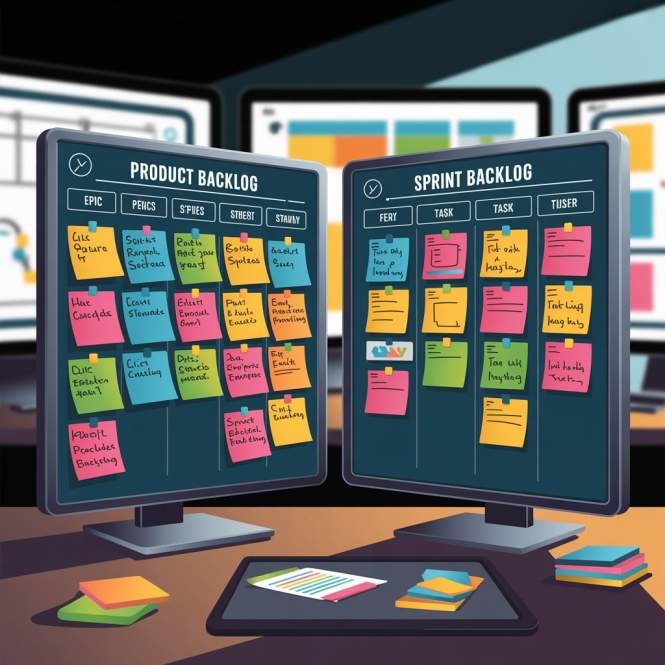

Get best deals on top courses

🚀 Introduction
In Agile teams, the Product Owner (PO) plays a central role in building the right product for the right users at the right time. But what exactly does a Product Owner do? And how is this role different from that of a Scrum Master or Project Manager?
If you're preparing for Agile roles or Scrum Master interviews, understanding the Product Owner’s responsibilities is critical. It's a common topic covered in our Scrum Master Interview Preparation Bootcamp.
🎯 Who is a Product Owner?
The Product Owner is a core member of the Scrum team, responsible for maximizing the value of the product and managing the product backlog. They serve as the bridge between stakeholders, customers, and the development team, ensuring the right features are built to meet business goals.
In short:
The Product Owner owns the "What" - what to build, what to prioritize, and what delivers value.
🔑 Key Responsibilities of a Product Owner
🧠 Product Owner in Scrum vs. Other Roles
While some responsibilities may overlap, the PO is solely accountable for backlog decisions.
📌 Day-to-Day Tasks of a Product Owner
Writing user stories with clear acceptance criteria
Conducting backlog refinement sessions
Working with stakeholders to gather and clarify requirements
Attending Sprint Planning and Sprint Reviews
Making trade-off decisions based on ROI and value
Monitoring market trends and customer feedback
Ensuring the team builds the right thing, not just building things right
🧳 Skills Every Product Owner Needs
Strong communication and negotiation
Stakeholder management
Business analysis and market research
Decision-making under uncertainty
Prioritization and time management
Understanding of Agile and Scrum frameworks
Having a technical background is helpful but not mandatory - what matters most is the ability to define and communicate value clearly.
🛠️ Tools Used by Product Owners
JIRA (for backlog management)
Confluence (for documentation and knowledge sharing)
Trello / Asana (for task tracking)
Miro / FigJam (for product roadmapping and collaboration)
Google Analytics / Mixpanel (for product usage insights)
💬 Common Interview Questions About the Product Owner Role
Q1: How does a Product Owner prioritize features?
A: Based on business value, user feedback, technical feasibility, and alignment with the product vision.
Q2: Can a Product Owner also act as a Scrum Master?
A: While possible in small teams, it's not recommended. The roles have conflicting responsibilities and mindsets.
Q3: How does a PO handle stakeholder conflict?
A: By listening actively, aligning priorities to business goals, and using data to support decisions.
Get detailed answers and scenario-based practice in our Scrum Master Interview Bootcamp.
⚡ Real-World Example
Imagine a Product Owner for a mobile banking app. Users are requesting fingerprint login, while stakeholders want a new investment dashboard. The PO reviews data, consults the dev team on feasibility, and prioritizes fingerprint login due to high user demand and ease of implementation - driving both user satisfaction and quick value delivery.
🧭 Final Thoughts
The Product Owner is the voice of the customer and the guardian of value. They shape the product by aligning user needs with business goals - a role that is both strategic and hands-on.
Whether you're transitioning into Agile or prepping for interviews, knowing what makes a great Product Owner helps you stand out.
🎯 Take the next step by joining our Scrum Master Interview Preparation Bootcamp - and learn how to communicate Product Owner dynamics effectively in any scenario.
Want to Level Up Your Skills?
Trending Blogs
EXPLORE BY CATEGORY
End Of List








